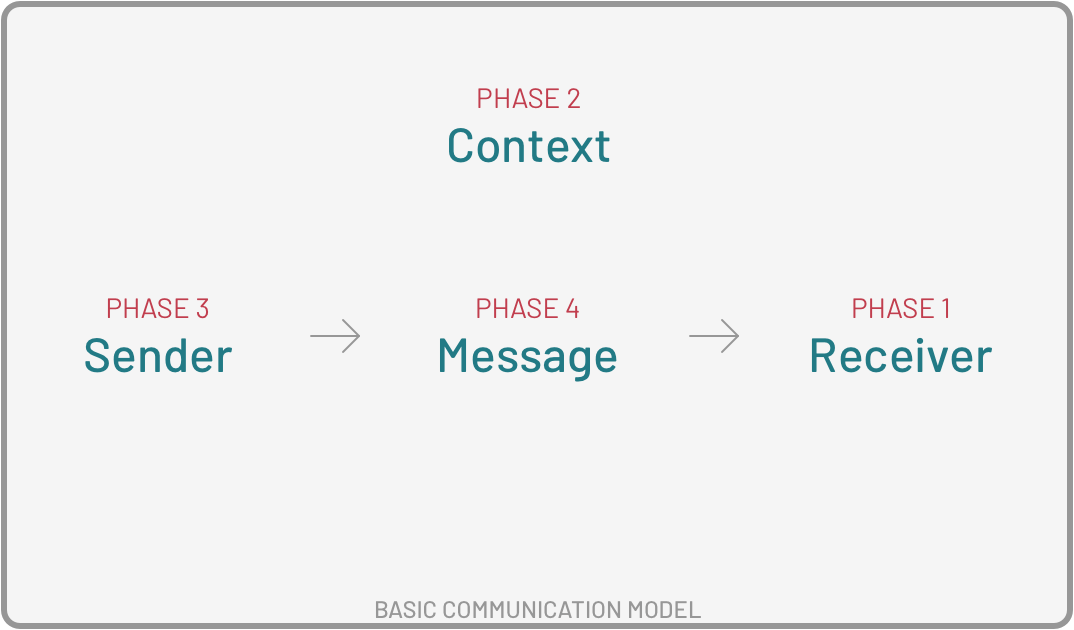Applied Neuromarketing Cheat Sheet
The ultimate cheat sheet for any marketing, CRO or growth professional on changing digital behaviour with communication

Cheat Sheet explained
All behavioural change is rooted in psychology. But having the right insights at the right time is hard. That’s why we built this applied neuromarketing cheat sheet for you.

As we make 95% of our decisions subconsciously, behavioural psychology and neuroscience are growing in value. If you know how to apply it in practice.
Layered on top of the basic communication model, this cheat sheet reminds you of some of the key principles. Keep it on your desk and share it freely.
Especially useful in

Decision-making

Copywriting

Designing

A/B testing
Using the cheat sheet
Applied neuromarketing is about improving the WHAT and HOW in marketing with the WHY of psychology. This sounds straightforward but the challenge lies in applying it. In this applied neuromarketing cheat sheet, you can find a simple 4-phase process that helps you in building persuasive communication.
The communication model
When deconstructing communication, it’s simply about a message traveling from sender to receiver in a specific context. This context can be the channel, but also includes timing and subconscious expectations of the message. We used this model as a starting point to give you a simple way to start applying neuromarketing.
As any communication expert knows, it always starts with the receiver: your audience. Next, you want to consider the context in which they receive your message. Then, you want to empathise and adapt your mindset. And finally, it’s time to build and optimise your message.
When the message is important, you’d be wise to consider these 4 phases. Consider these your basic guidelines.
Phase 1: Understand your audience
As any marketer or commmunication professional knows, it all start with your audience. Since perception is often more important than reality, make sure you understand their situation. What do they want? Why do they buy? How do they perceive you? Make sure you understand what drives their behaviour so you can adapt your message.
In this phase, we focused on sharing three fundamental psychological principles underpinning our buying behaviour. This applied neuromarketing cheat sheet will help you train yourself to be aware of and align with the natural tendencies of your customers.
Phase 2: Tailor to the context
Context defines meaning. The context in which your message is received has a huge impact on your audience’s interpretation. Spending some time on understanding the time and place in which your message will be read is a worthwhile investment. The more you’re attuned, the more persuasive your message will be.
In this phase the two key elements are environment and timing. It’s also essential to make sure one of the most powerful hidden forces that influence our behaviour supports your behavioural change effort.
Phase 3: Empathise & adapt your mindset
Now that you’re aware of your audience and the context in which they receive your message, it’s time to adjust your own mindset. The most powerful tool for this is empathy. Truly imagine yourself as the receiver and see for yourself how easy it is to improve your message. Can’t empathise? Go interact with your audience!
As much as our brains seem to differ through personal experience, they are actually quite similar. In this phase, the applied neuromarketing cheat sheet will provide you with some of the most prominent similarities. Expect insights on tendencies that will make you self-sabotage. Unless you’re aware of them of course!
Phase 4: Optimise your message
Now that you understand all necessary context, it’s time to actually build and optimise your message. If you actually went through this process you’ll know how to deliver your message and can humbly predict how your audience is likely to respond. The better your preparation, the easier this phase is.
Here, you’ll find some final insights on how to deliver your message in such a way that your audience is likely to respond and act in the way you’d like them to. Remember that you can only increase the odds but that this in itself can already be an unbelieve power. We hope you find the cheat sheet as helpful as our clients do.